What's New
Displaying results 401 - 410 of 4052
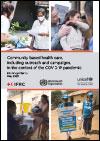
Resource | Publications,
The COVID-19 pandemic is challenging health systems across the world. Rapidly increasing demand for care of people with COVID-19 is compounded by fear, misinformation and limitations on the movement of people and supplies that disrupt the delivery of frontline health care for all people. When health systems are overwhelmed and people fail to access needed services, both direct mortality and indirect mortality from preventable and treatable conditions increase (1-3). Decision-makers will need to make difficult choices to ensure that COVID-19 and other urgent, ongoing public health problems are addressed while minimizing risks to health workers and communities.
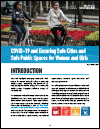
Resource | Publications,
This brief highlights emerging trends and implications for women’s and girls’ safety in public spaces and cities, recognizing the continuum of violence against women and girls in private and public settings throughout different phases of the COVID-19 pandemic.
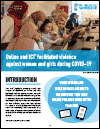
Resource | Publications,
This brief highlights emerging trends and impacts of COVID-19 on online and ICT-facilitated violence against women and girls (VAWG). It provides examples of strategies put in place to prevent and respond to online/ICT-facilitated VAWG and makes recommendations on how different actors can best address this issue. It is a living document that draws upon the knowledge and experience of a wide range of experts.
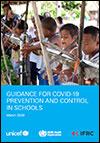
Resource | Publications,
The purpose of this document is to provide clear and actionable guidance for safe operations through the prevention, early detection and control of COVID-19 in schools and other educational facilities. The guidance, while specific to countries that have already confirmed the transmission of COVID-19, is relevant in all other contexts. Education can encourage students to become advocates for disease prevention and control at home, in school and in their community by talking to others about how to prevent the spread of viruses. Maintaining safe school operations or reopening schools after a closure requires many considerations but, if done well, can promote public health.

Resource | Publications,
The aim of this brief is to ensure that the COVID-19 pandemic does not disrupt the supply of and demand generation for condoms. Sexual relations may be transformed in the new context of the pandemic, but they have not stopped. While access to male and female condoms has been critical in the global response to reduce HIV, sexually transmitted infections (STIs) and unintended pregnancies over the past three decades, these gains can be lost if condoms are not included in the essential commodities that are freely available to populations during the lockdown of countries.
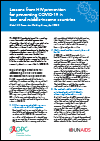
Resource | Publications,
The COVID-19 pandemic is rapidly spreading across the world and including countries affected by other infectious disease epidemics, such as HIV, tuberculosis (TB) and malaria. Over the past three decades, the global HIV response has gained experience in developing effective prevention approaches. This brief seeks to provide a summary for decision makers and health programme implementers in low- and middle-income countries (LMICs) to help them make the best possible choices in preventing the virus responsible for COVID-19.
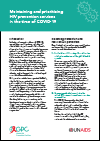
Resource | Publications,
In the time of coronavirus disease (COVID-19), sex and drug use will continue, regardless of physical distancing orders and policies. People who previously met in community gathering venues such as bars and clubs may now meet in different sites, ones that are “hidden” or less accessible. This, in turn, may hinder efforts to reach them with prevention interventions, such as condoms, lubricants, and needle–syringe programmes. With the widespread loss of livelihood and fewer employment opportunities, transactional sex, sex work and sexual exploitation may increase.
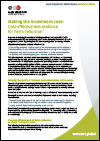
Resource | Publications,
HIV continues to rise among people who inject drugs, yet harm reduction funding is in crisis. Financial support for an effective HIV response for people who inject drugs in low- and middle-income countries totalled US$188 million in 2016 – just one-tenth of the US$1.5 billion that is needed annually by 2020.
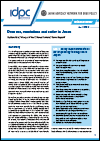
Resource | Publications,
This briefing paper provides an overview of drug use in Japan, regulatory efforts by police and the judiciary, governmental and legislative responses and support for people who use drugs amongst civil society actors. The paper ends with a number of recommendations developed on the basis of this information.

Resource | Publications,
The report documents a record 11 million people in prison worldwide, with over 124 prisons exceeding their maximum occupancy rate. Global Prison Trends shows how this increase in numbers is driven by a punitive approach to criminal justice where more costly prison sentences are favoured over non-custodial alternatives.
The overcrowding and underfunding of prisons, alongside the overuse of imprisonment, has resulted in poor health services and sanitary conditions for prisoners that make people in prison and prison staff acutely vulnerable to COVID-19.





